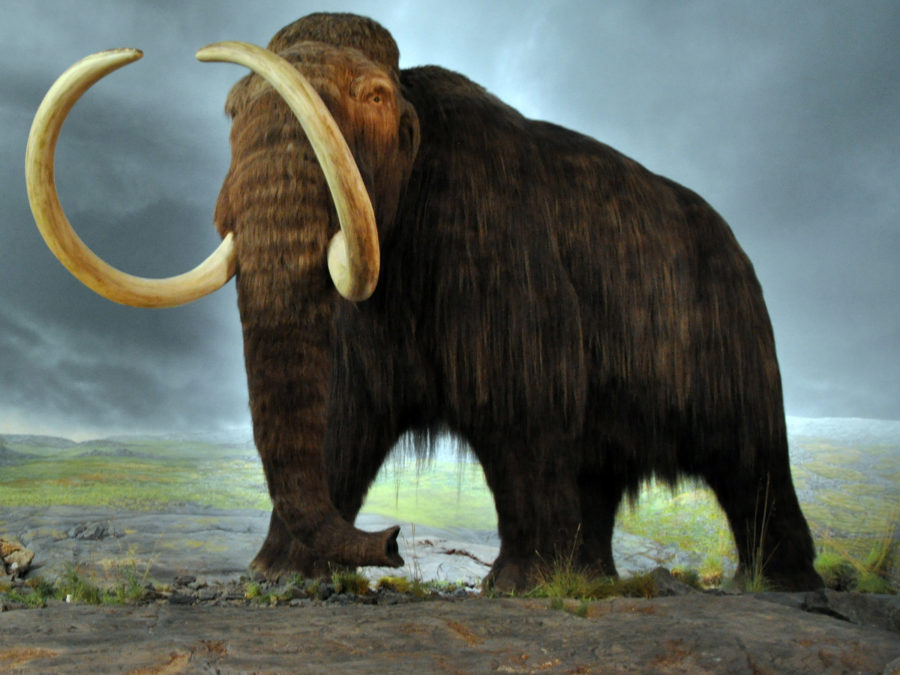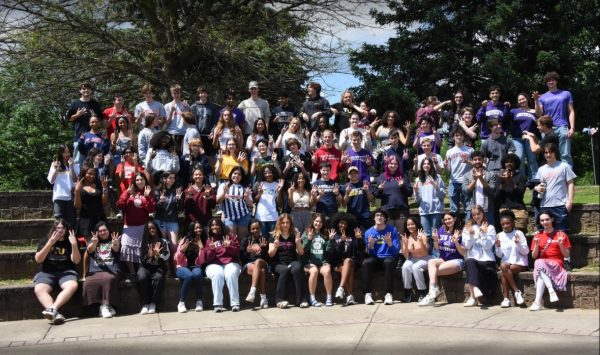What Could Possibly Go Wrong?
Everyone loves a bit of nostalgia right? However, de-extinction may be taking nostalgia a little too far. In the past few months, de-extinction has gained considerable traction in the process of bringing species from the mega-fauna period back to life. However, progress also spawns resistance and, with the latest advances in the de-extinction efforts for woolly mammoths, the opposition to the movement is as strong as ever. The woolly mammoth went extinct approximately 4,000 years ago due to overhunting and climate change and, to many people, that’s where the story of the behemoth, elephant-like species should end.
George Church, a Harvard Professor, is not one of those people; he is spearheading the de-extinction project, and last month unveiled major news about the fate of the woolly mammoth. He announced that the world could see woolly mammoths in the flesh in as little as two years. However, he made sure to clarify that it would likely be at least ten years before any “mammophants” are seen in the wild again. The process of recreating the mammoth involves sifting through thousands of strands of mammoth DNA and selecting the required traits and genes that separate a mammoth from and elephant. Those traits include the coding for a shaggy coat, small ears and antifreeze blood. Church and his team have been working for the past few years just locating the required genes and finally have collected enough samples to begin splicing them into the DNA of Asian elephants.
As mentioned previously in the Wildezine, the main argument against de-extinction is that it could harm conservation movements instead of help them. The supporters of this argument say that the ability to resurrect an animal in a lab would lead to many governments overlooking the fragile state of the ecosystems in which many endangered species live and lead to their eventual extinction because they could just be brought back from the dead.
People fear the primary issue is that many governments fail to understand de-extinction and will use its plausibility for resurrection as an excuse to wage war on the environment and destroy the natural habitats of many endangered and threatened species. If the environment and it’s various biomes are destroyed, there is no point in bringing a species back, since it won’t be able to survive in the habitat it would occupy naturally. An additional point opponents of de-extinction make is that these governments may not understand that even if the recreation looks and acts like the original species, it is ultimately impure due to the gene splicing. For example, a de-extinction species is like a knock-off Rolex; it may look and work like a Rolex, but when the cover is removed, it’s nothing like the authentic model.
On the other side of the spectrum Church has said that he thinks that reintroducing into the tundra would actually help in preventing the thaw of permafrost because, “They will punch down the snow in wintertime allowing cold air to come in.” However, some scientists don’t think that the one positive from reintroducing mammoths can outweigh the many negatives that could come from de-extinction if fully implemented in conservation efforts.
The process of de-extinction, once thought to be a product of science fiction, has now been legitimized as a plausible field in the science and has been shown to be a highly sophisticated process of recreating copies of extinct animals. While it may be seen as a terrible idea that could lead to mass environmental destruction, there is solace in knowing that a process to bring back the world’s most amazing animals exists to undo the immense damage that mankind has unfurled upon the Earth’s environment.
Sources:
http://www.telegraph.co.uk/science/2017/02/16/harvard-scientists-pledge-bring-back-woolly-mammoth-extinction/
http://www.chicagotribune.com/news/opinion/editorials/ct-deextinction-mammoth-extinct-animals-species-edit-0711-md-20160709-story.html
http://dinosaurs.about.com/od/dinosaurcontroversies/a/De-Extinction.htm

Hi my name is Kevin Lentz, I am in 10th Grade and am 15 years old. I am a writer for the newspaper and like to write about STEM topics. My favorite font...











Ian Meyer-O'Connor • May 21, 2017 at 9:48 am
I never thought that bringing back the long-deceased species of this planet could have detrimental effects on the environment and how world governments would treat the environment. In fact, I assumed that they could just simply integrate into the wild with ease. This is an eye-opener for me since I do care about the environment and the potential threats are real to me.